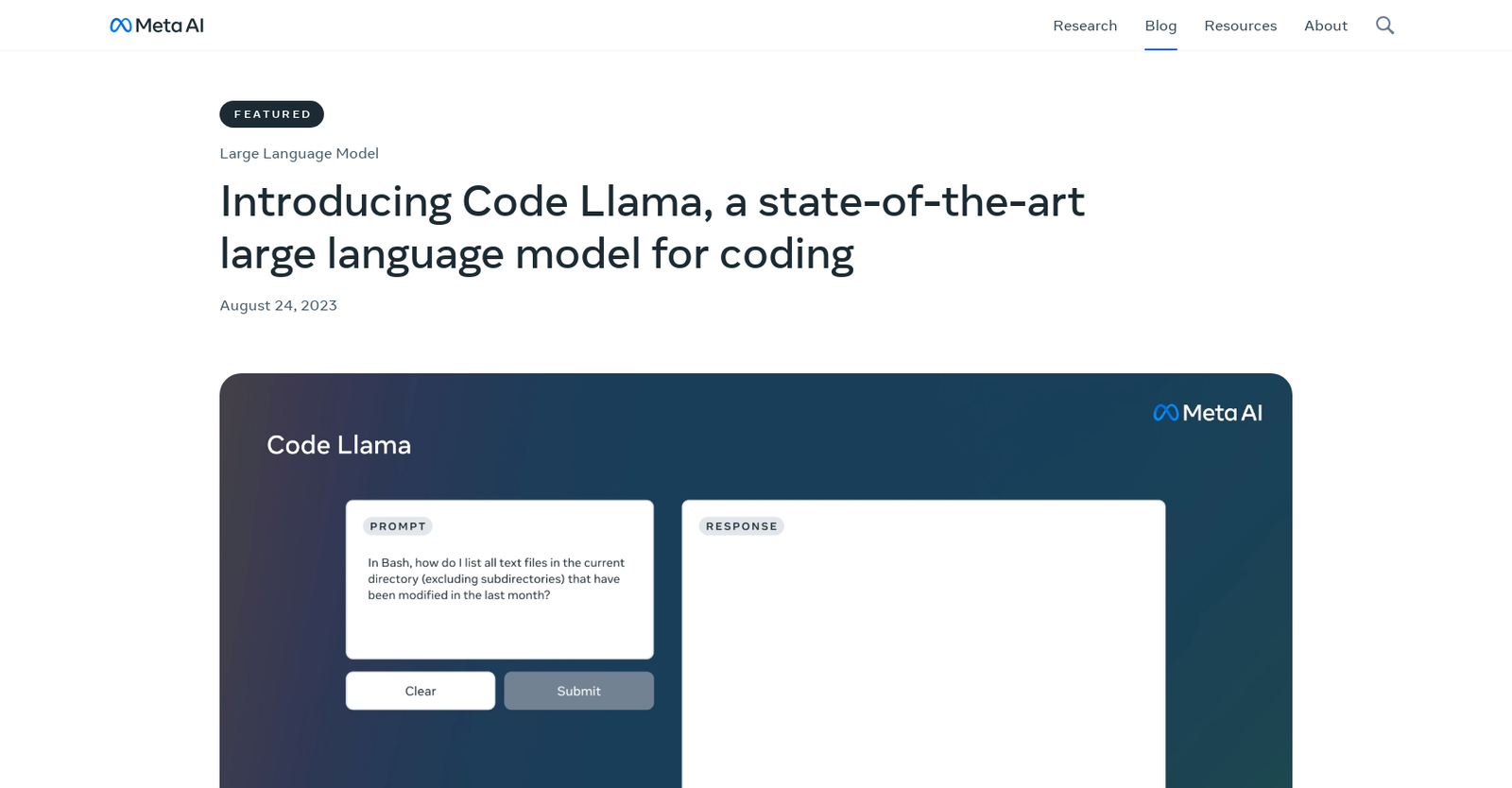Some top alternatives to Code Llama includes NLSQL, Raw Query, QueryGenie, AI Query and DB Pilot.
Code Llama offers pricing model
The starting price is not disclosed by Code Llama. You can visit Code Llama website to get the latest pricing.
Code Llama offers several advantages, including Generates code, Understands code, Code completion capability, Supports debugging tasks, Supports Python and many more functionalities.
The cons of Code Llama may include a Higher latency with 34B model, Not suitable for natural language tasks, Doesn't generate safe responses on certain occasions, Requires user adherence to licensing and acceptable policy. and Service and latency requirements vary between models























